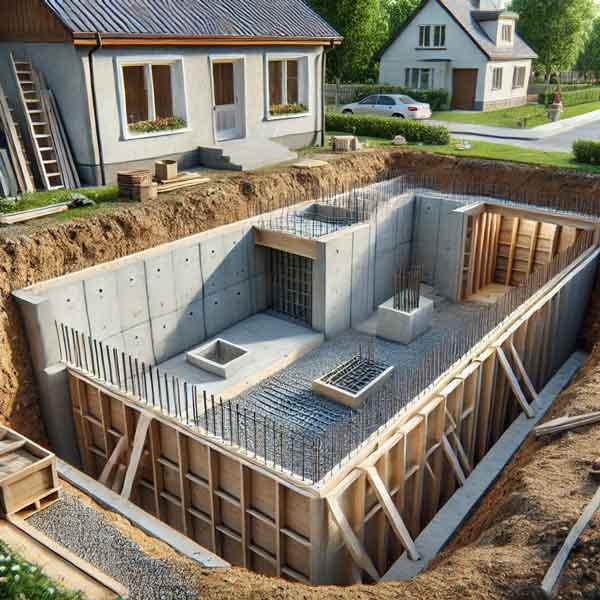Foundation aggregates form the backbone of construction projects, providing essential support to secure the stability and durability of structures. In construction, the granular make up of foundation aggregates plays a critical role in determining the overall strength and resilience of a building’s foundation.
Granular Composition and Its Impact on Performance
The granular composition of foundation aggregates greatly influences their effectiveness. The size, shape, and distribution of particles within the aggregate mix directly impact the material’s load-bearing capacity and compaction ability. For instance, well-graded aggregates, which contain a mix of particle sizes, create a dense, compacted layer that resists shifting and settling over time.
Angular aggregate particles enhance the interlock between particles, improving the shear strength of the foundation and reducing the likelihood of structural movement. On the other hand, rounded particles provide less interlock, which can lead to reduced stability under load.
Particle Size Distribution
The distribution of particle sizes within foundation aggregates plays a crucial role in determining the material’s compaction characteristics. A well-graded mix, consisting of a wide range of particle sizes, allows for maximum compaction. Smaller particles fill the voids between larger ones, leading to a dense and stable foundation. This becomes especially important in areas where high load-bearing capacity is required.
In contrast, poorly graded aggregates, which contain a narrow range of particle sizes, compact less effectively because the particles do not fit together as tightly. This results in more empty spaces and reduced strength. Selecting the proper particle size distribution is critical for maintaining the long-term performance of the foundation.
Compaction and Load-Bearing Capacity
Compaction is a vital process in the installation of foundation aggregates, directly affecting the material’s load-bearing capacity. Proper compaction makes sure that the aggregates are tightly packed, minimizing the potential for settlement and shifting under the weight of the structure. The density achieved through compaction directly relates to the strength and stability of the foundation.
The load-bearing capacity of foundation aggregates depends on both the granular composition and the degree of compaction. A well-compacted foundation with an appropriate mix of particle sizes can support significant loads without failing, which is particularly important in heavy construction projects where the foundation must support a lot of weight over time.
Moisture Content and Its Effects
The moisture content of foundation aggregates also plays a role in their performance. Proper moisture levels are essential during the compaction process. Too much moisture can reduce shear strength and increase the likelihood to settlement, while too little moisture hinders compaction, resulting in a less stable foundation.
To guarantee optimal performance and reduce the risk of structural issues, it’s important to carefully control the moisture content during the placement and compaction of foundation aggregates.

The granular composition of foundation aggregates, including particle size distribution, angularity, and moisture content, largely determines their performance. By understanding these factors, you can secure the long-term stability and strength of foundations. Selecting the appropriate foundation aggregates and managing the compaction process carefully will increase durability and reduce the risk of structural failures. The science behind foundation aggregates highlights their critical role in building strong and resilient structures.
Grounds One are aggregate experts. Let their professionals help determine the best materials to create your foundation. Contact us today for a free estimate on any foundation or excavation project
